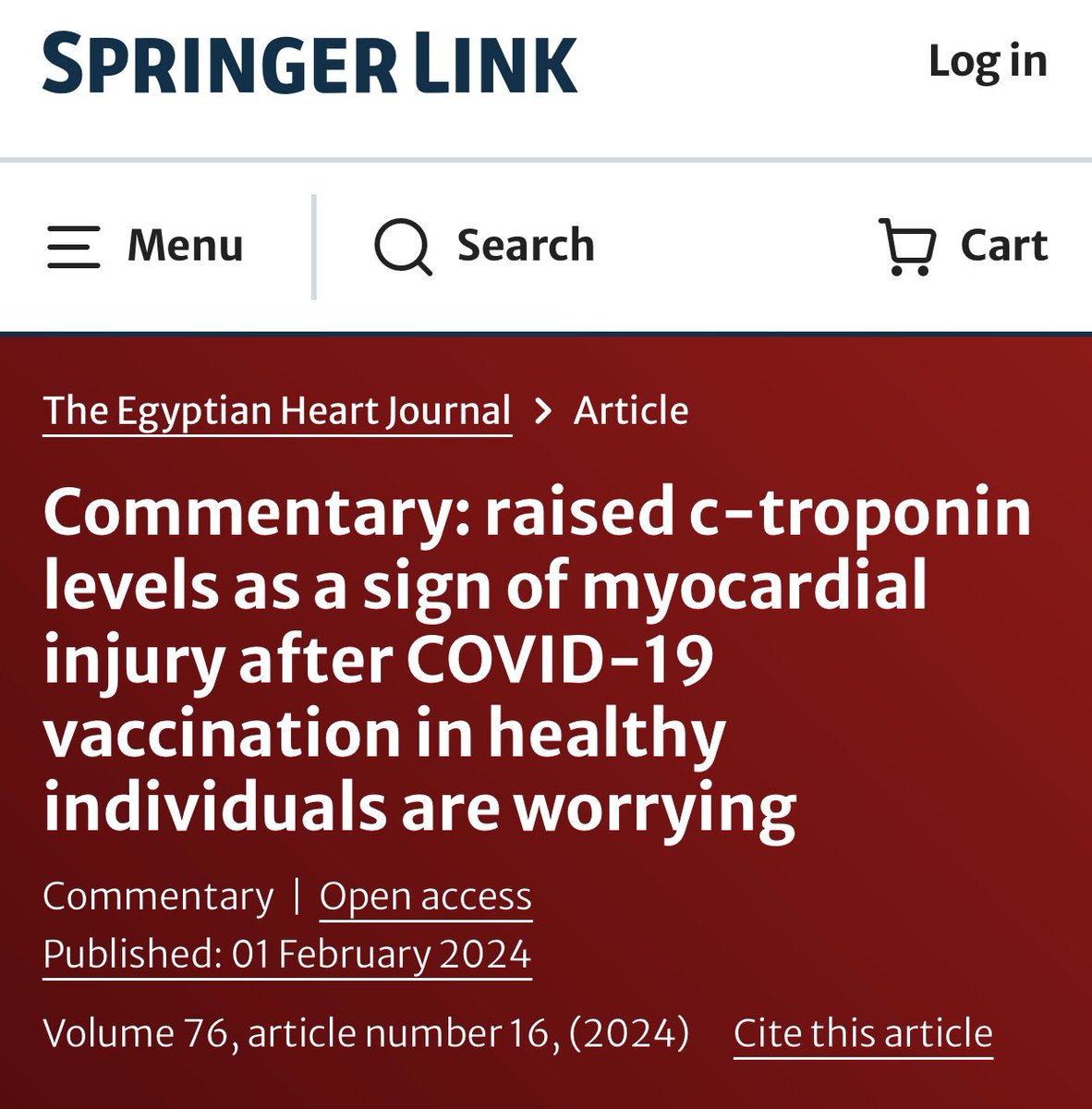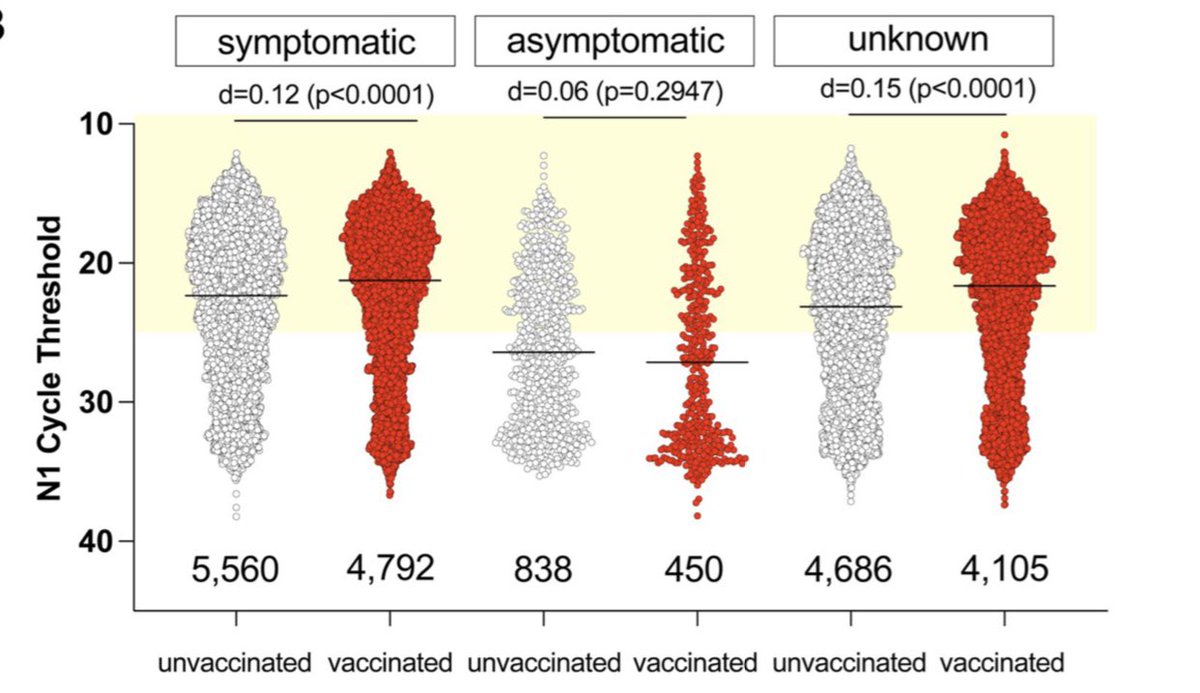1/ A computer virus with unknown origin has started infecting computers around the world, and spreading itself from computer to computer.
2/ This particular computer virus has the ability to completely shut down a very small percentage of computers; cause other computers to malfunction temporarily; and to keep most computers intact to continue spreading itself.
3/ A person with a substantial criminal history linked to computer viruses convinces the governments of the world that he has a solution. It will cost $20 per computer, and the governments agree to pay this criminal to provide a patch for every computer on the planet.
4/ There is very little testing to show that this new software update will actually work, or to prove that it will be safe to operate this software for a long period of time. But everyone is desperate, so the governments decide not to wait and they pull the trigger.
5/ When the patch is ready, people around the world start downloading it to their computers. It’s a relatively small section of code, but this patch supposedly works with any operating system or computer.
6/ As more computers are installed with the new patch, it becomes obvious that the computer virus can still infect these patched computers and these computers can still transmit the computer virus to patched and non-patched computer systems.
7/ With this obvious defect, the governments tell people not to worry because the patch lowers the probability that their computer will malfunction if it does become infected. Most people accept this as a reasonable explanation and more people download the new software patch.
8/ It also becomes apparent that a great deal of computers either malfunction or are completely inactivated within a short period of time after receiving the new patch, even though there are no measurable signs that the computer has been infected with the computer virus.
9/ Because the governments have chosen not to take these patch-induced adverse computer events seriously, the general populace starts warning others about the risks of downloading the software patch. The governments begin a campaign to silence these people.
10/ Even with a large % of the computers possessing the software patch, the virus continues spreading rapidly, and computers continue to malfunction or inactivate. It’s argued that this outcome is much better than the outcome if the software patch had not been deployed.
11/ The criminal who designed the software patch is now wealthier than ever, and they continue pushing the governments of the world to peddle the software patch.
12/ Other computer scientists from around the world have found several other relatively
easy and obvious technology solutions to fix the problem, and have generated sufficient data to demonstrate that their solution is safer and more effective.
easy and obvious technology solutions to fix the problem, and have generated sufficient data to demonstrate that their solution is safer and more effective.
13/ These technologists are systematically silenced and censored by mainstream media, social media, and the government. Many lose their reputations or jobs, but they continue to speak out because they know it is more important for the world to have access to an effective solution
14/ It’s found that the initial installation of the software patch wanes in effectiveness over several months. Rather than launch a new more effective approach, the governments institute a periodic re-installation program with the original faulty, risky software patch.
15/ New versions of the computer virus begin to spawn off at an accelerated rate. It’s found that the computer virus has a code built into it that imparts it with the ability to circumvent any efforts to stop its spread.
16/ The observed changes in the code of the computer virus are not random, as they are directed specifically at circumventing the code introduced by the patch.
17/ The software patch becomes less and less effective against these new computer virus versions that have circumvented the patch’s defenses. Eventually, a computer virus emerges that is completely resistant to the patch.
18/ This new patch-resistant computer virus begins spreading around the world at a rapid pace as it blows through the patch. The people who chose not to download the patch to their computer are blamed.
19/ Meanwhile, the governments are coercing people to upload the same ineffective, unsafe software patch, and to do so every several months. They are threatening people with loss of their job, or the ability to move freely in society.
20/ When other more reasonable people warn that uploading the patch is risky and increasingly ineffective, the governments double down on their efforts to coerce people into downloading the patch every few months.
21/ Meanwhile, the criminal software guru continues to increase in wealth at an obscene rate as computers around the world continue to malfunction or inactivate in response to the patch.
• • •
Missing some Tweet in this thread? You can try to
force a refresh














